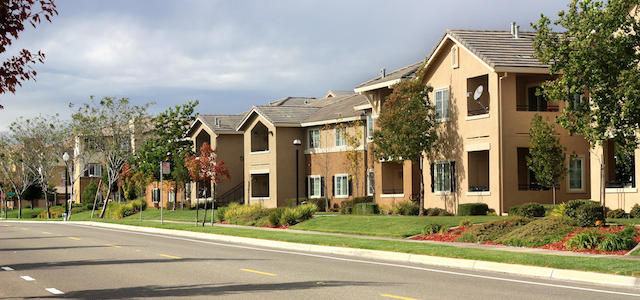Oftentimes, HOAs become conflicted when it comes to the requirements to amend CC&Rs. Sometimes CC&Rs set forth certain requirements that conflict with Arizona law. Without understanding the law, an HOA board may rely only on what is in the CC&Rs. This could lead to costly litigation and other problems.
For example, CC&Rs may contain a provision that permits owners to amend the CC&Rs, by an instrument signed by 67% of Owners. This suggests that a CC&R amendment will be valid if 67% of owners sign a petition-like instrument. The law trumps what is in the CC&Rs, so HOAs must read the above provision in light of any relevant state law.
Arizona law addresses the requirements to amend CC&Rs.
About amending CC&Rs of Planned Communities, A.R.S. § 33-1817(A)(1) provides:
The declaration may be amended by the association . . . by an affirmative vote or written consent of the number of owners or eligible voters specified in the declaration, including the assent of any individuals or entities that are specified in the declaration.
About amending CC&Rs of Condominiums, A.R.S. § 33-1227(A) provides:
The declaration, including the plat, may be amended only by a vote of the unit owners to which at least sixty-seven per cent of the votes in the association are allocated, or any larger majority the declaration specifies. The declaration may specify a smaller percentage only if all of the units are restricted exclusively to nonresidential use.
A signed petition is not enough by itself, even if the CC&Rs states that it is. HOAs cannot ignore these legal requirements. Any amendment implemented outside of these requirements will be invalid. The law contains other requirements that HOAs must follow as well.
Consult our Arizona HOA attorneys if your HOA is considering amending its CC&Rs.

